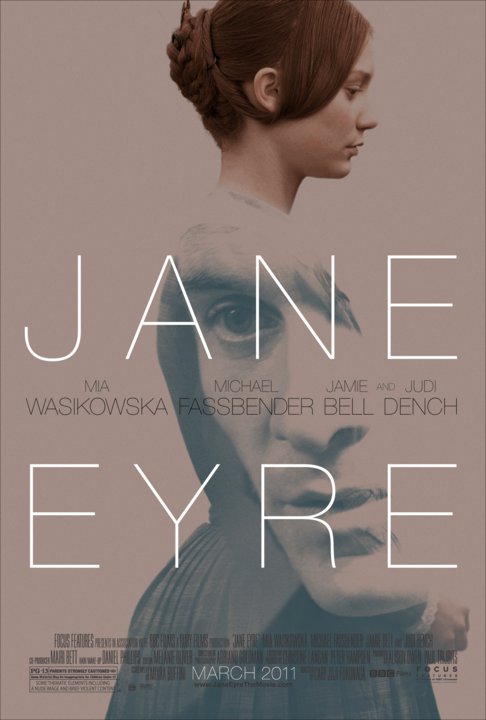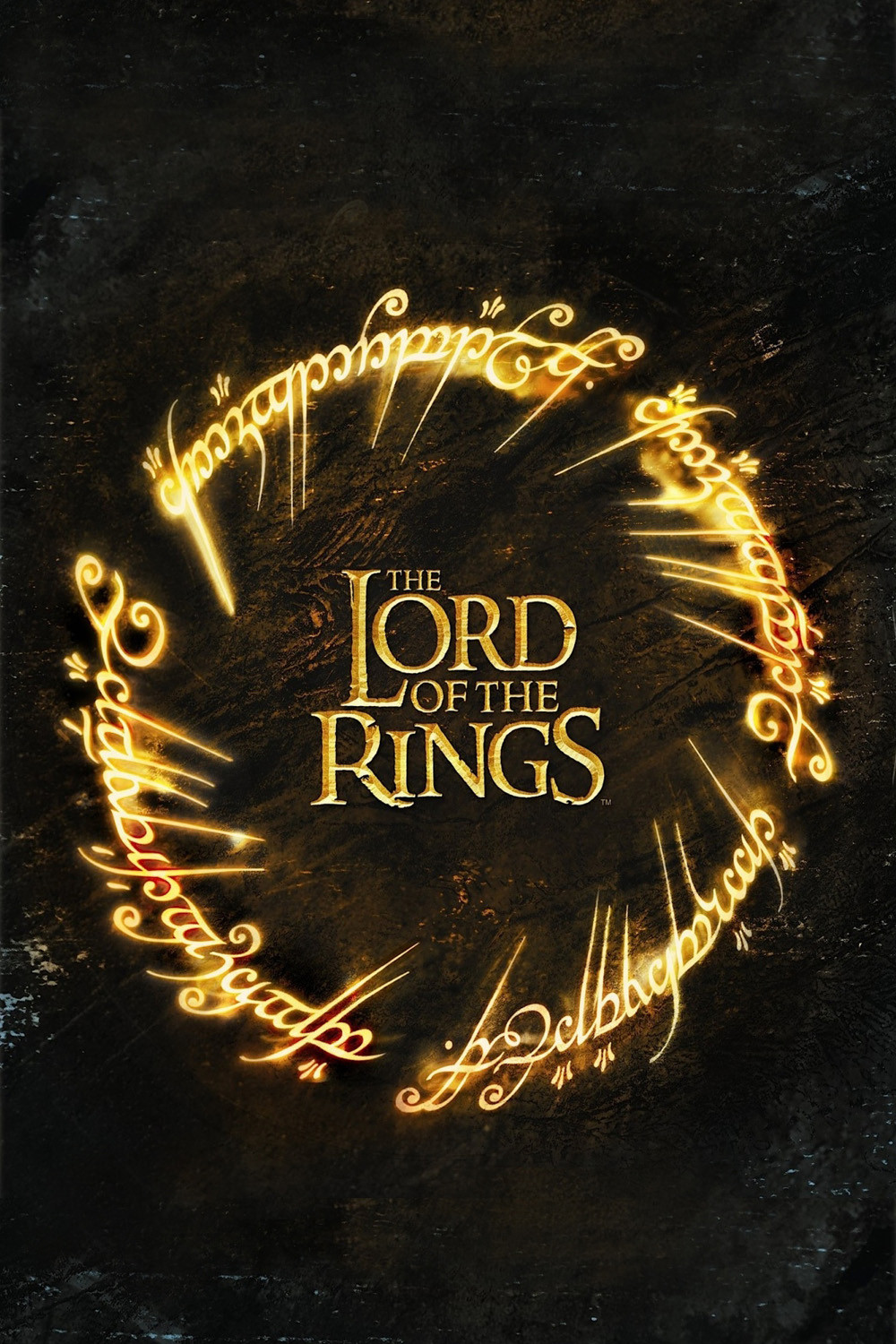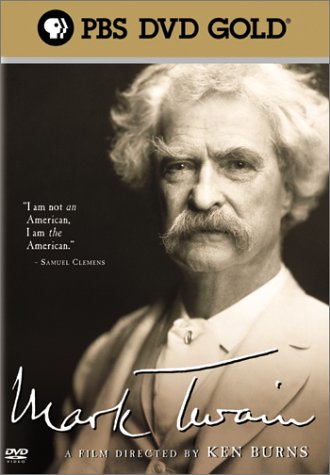Jane Eyre (2012) – Mark it 6.
Michael Fassbender and Mia Wasikowska are pretty great in everything I’ve seen them in. And Jane Eyre, the novel, was a required reading assignment in high school that I expected to hate, but ended up loving. The combination of the two got me very excited to see Cary Fukunaga’s adaptation. Atmosphere is definitely the film’s strength with Thornfield Hall as dark and ominous as it should be. However, there is a lot of story to pack into Jane Eyre’s two hours, and a lot of crucial plot points feel rushed. This helps to keep the pace quick (for those of you who assume long 19th century novels mean long and dull 21st century movies) but I was hoping for more room to breath. As Jane and Rochester, Wasikowska and Fassbender are quite good in their roles but the film’s crucial central love story that connects the two feels rushed and the story loses some of its power in the end.
On TV, there are few things better right now than Parks and Recreation and 30 Rock, so Amy Poehler and Tina Fey being together in a movie caught my interest. Unfortunately, the material that makes up Baby Mama is nowhere near as strong as their other projects. A stereotypical Type-A business woman (Tina Fey) must match up a sterotypical Type-B party girl (Amy Poehler) in order to have a baby (Type B is the surrogate mother for Type A), and the two women learn clichéd lessons from each other in the process. With two funny women like Fey and Poehler in the lead, and some funny men in supporting roles, you’ll definitely laugh here and there, but not nearly enough to make up for this weak script. It’d be nice to see these two women work on a movie where all the film's character development, conflict, and resolution, are not summed up in cheesy montages set to crappy pop songs.
The Lord of the Rings: The Fellowship of the Ring (2001) – Mark it 10.
The Lord of the Rings: The Two Towers (2002) – Mark it 10.
The Lord of the Rings: The Return of the King (2003) – Mark it 10.
With The Hobbit coming out, I had to revisit my three all-time favorite films. I’ve seen each of these more times than I care to share, and every viewing is just as good as the last. There may be a day when I write further on each of these, but it is not this day. This day, I’ll just say they are the best.
Annie Hall (1977) – Mark it 10.
(Yes, it’s obvious but...) In a career filled with many highlights, Woody Allen’s Annie Hall stands above the rest. It is the greatest romantic comedy ever made, and the genius of Woody is that his crowning achievement in the genre is about a romance that doesn’t work out in the end (you are told this in the film’s first five minutes, so that is no spoiler). Annie Hall shows us how one can love and lose with no bitterness, and how you can learn great life lessons in the process (sure, that makes Diane Keaton the mother of all “Manic Pixie Dream Girls”, but what a dream girl!). Plus, it still has moments of belly laughs for those of you who miss Woody's slapstick days of Sleeper and Bananas. Watching the Woody’s filmmaking talent is also a joy as he employs so many different storytelling techniques, but they never feel gimmicky. It is timeless; it is perfect. When Annie Hall upset Star Wars in 1977 for Best Picture, the Oscars never had a finer moment (and I love Star Wars... see my list to the right).
Tiny Furniture (2010) – Mark it 5.
Watching writer, director, and star Lena Dunham’s Tiny Furniture, I couldn’t help but think, “I bet I went to college with a lot of people on the Lena Dunham bandwagon.” Tiny Furniture’s plot is mostly about Aura (Dunham) leaving the comfort of college for the comfort of home, not ready to face the real world. It’s something I think many college grads can relate to (though I like to think I got my shit together quicker... thanks Public Allies). However, nothing really happens during the film. She reconnects with an old friend, develops little crushes on a couple of jerks, and pretty much ends up exactly where she began the film. There’s talent on display, but not much plot or character growth to get me on her bandwagon too. I think Dunham can do good things (I’m interested in checking out Girls on HBO), but the good is not quite yet there in her debut.
Brave (2012) – Mark it 6.
There’s no doubt that Brave is a good film, but being merely good is somewhat underwhelming when the name “Pixar” hangs over the project. It is visually gorgeous, the redheaded Princess Merida is memorable (the same cannot be said about its boring songs), and the plot takes some unexpected turns, but once Brave is over there’s not a lot there that I was dying to revisit. In the end, Brave is a well-made kids’ adventure that teaches some nice mother-daughter lessons and nothing more. Compared to everything else Pixar has made (except the Cars franchise), that story feels slight. If you’re looking for a nice family feature you can find it with Brave. However, with Pixar’s track record of incredible success, I expected more. Having “just good” equal disappointing is an unfortunate consequence that the filmmakers at Pixar just have to deal with now.
Sleepwalk With Me (2012) – Mark it 6.
Listening to This American Life (which also produced this film), I have become a big fan of Mike Birbiglia, who often contributes to the show and wrote, stars, and directs Sleepwalk With Me. Despite my familiarity with the autobiographical story about his dangerous bouts of sleepwalking, I enjoyed seeing it brought to life visually. This isn’t quite as polished of a debut as Lena Dunham’s Tiny Furniture, but the relatable feeling of being lost in adulthood (and the not-so-relatable feeling of jumping out a second story window while asleep) actually goes somewhere in Sleepwalk With Me. We see a struggling comedian, Matt Pandamiglio (Birbiglia), neglect his relationship and health to figure out what he truly wants in life, with the end result optimistically leaving everyone involved happier. This is a nice, light film from a very funny person. There is nothing here that blew me away but I really, really enjoyed spending some time with it.
**After New Year’s, the holidays will be over and I hope to have some time to write more full-length reviews. I recently saw Wreck-It Ralph and The Hobbit (twice) in theaters and am looking forward to putting together my thoughts on the two. I've also been playing along with another Filmspotting marathon, so look for reviews of six Blaxploitation films: Shaft, Superfly, Coffy, Cooley High, Black Caesar, and Ganja & Hess. Hopefully, I get around to writing these soon**













